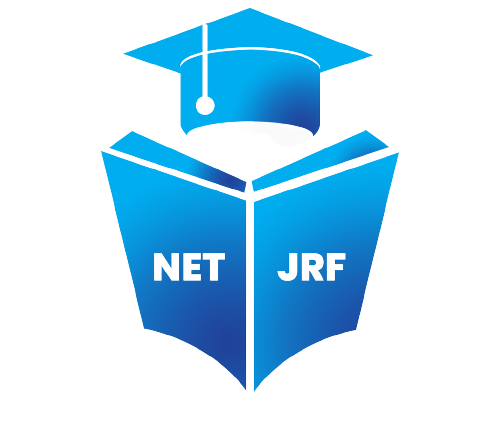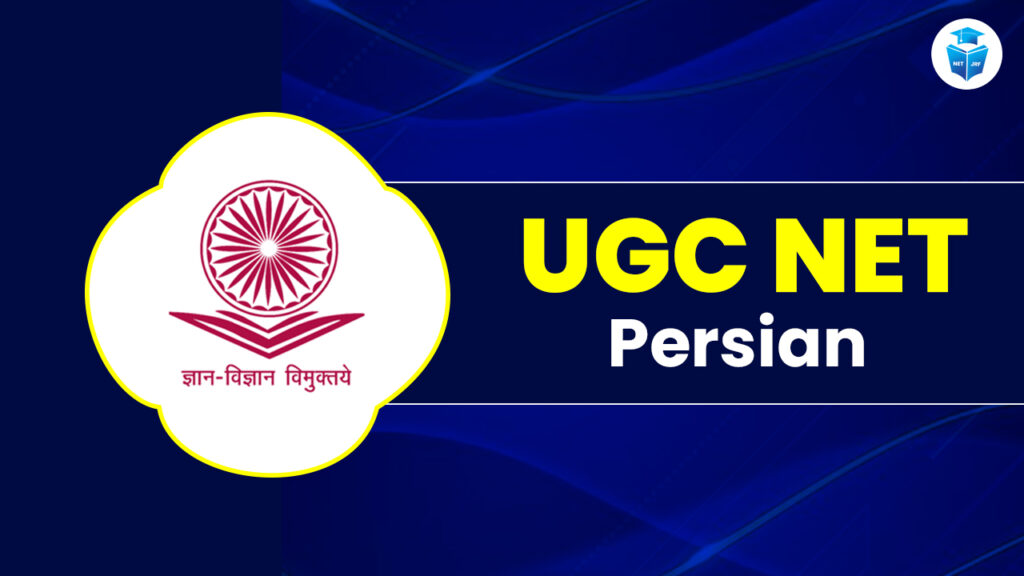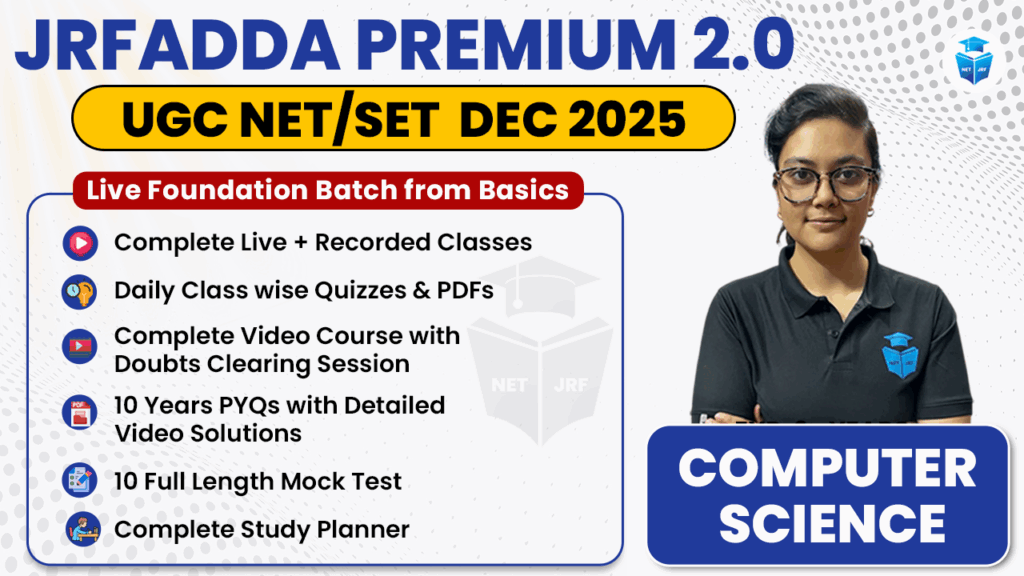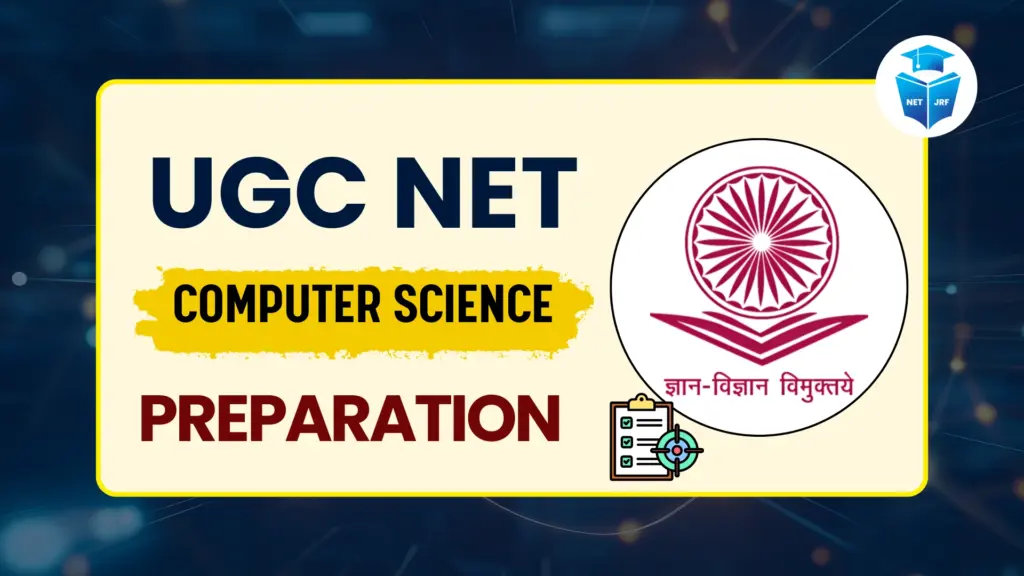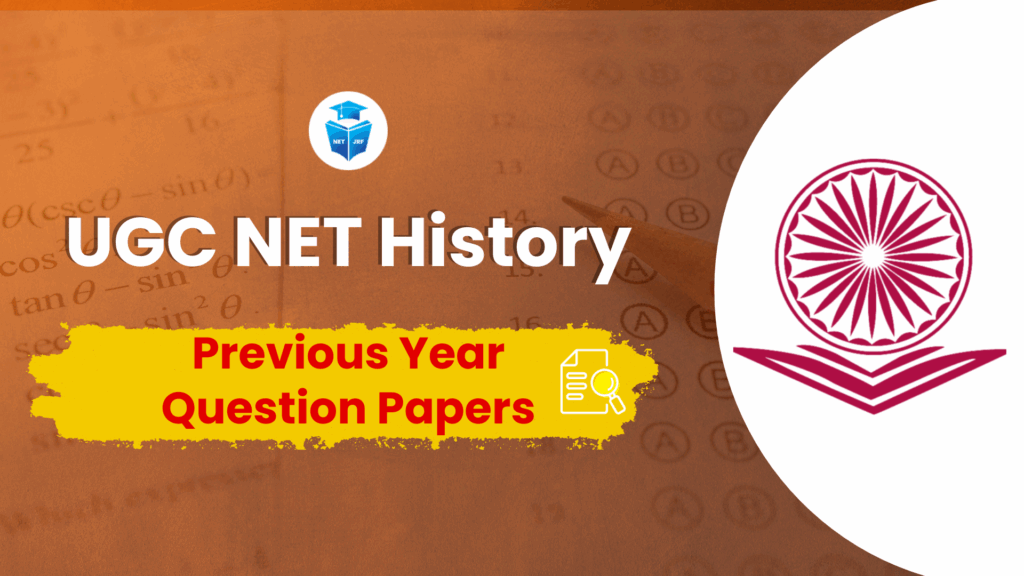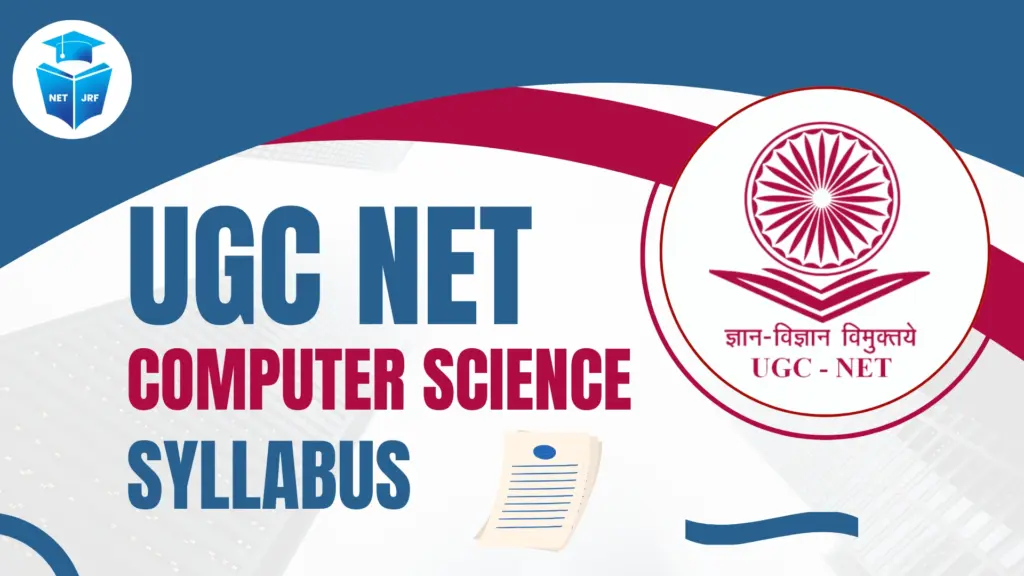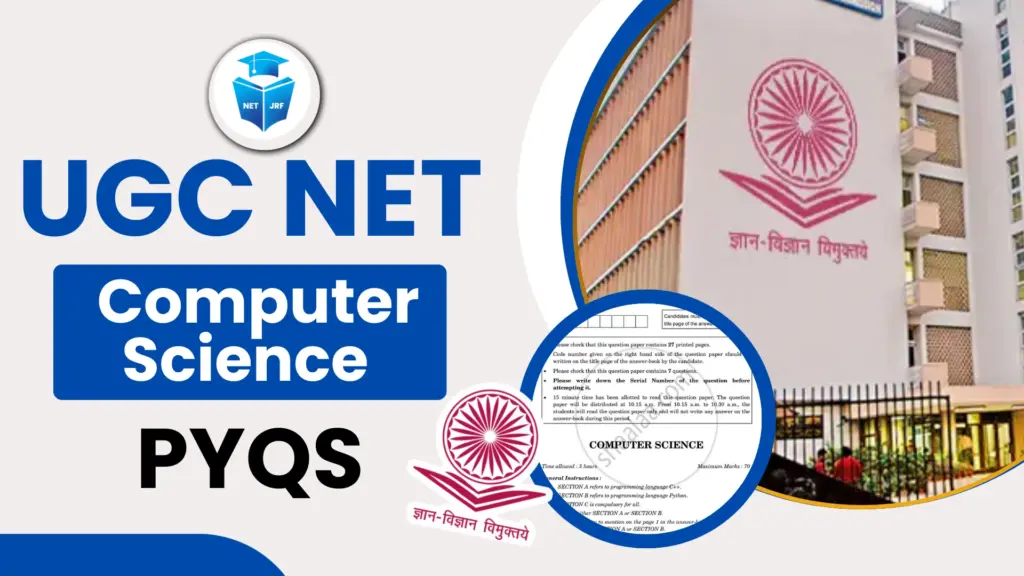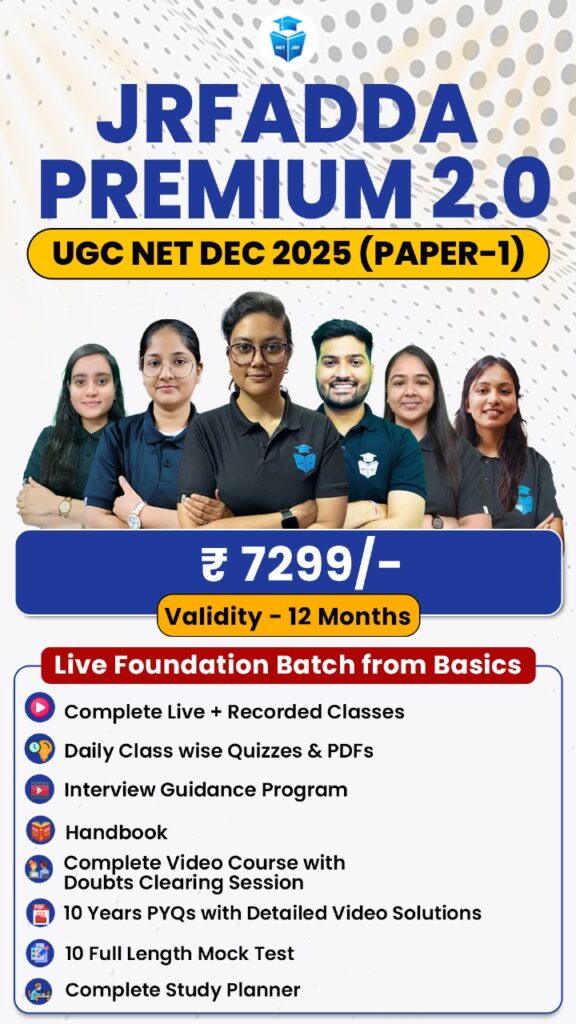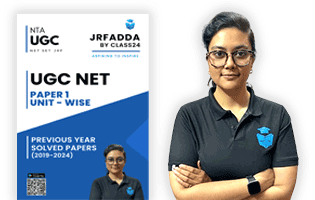The UGC NET Persian 2025 June Cycle exam, conducted by the National Testing Agency (NTA) on behalf of the University Grants Commission (UGC), was held successfully in Shift 1 on June 26, 2025. This national-level eligibility test is a gateway for postgraduate candidates aiming to become Assistant Professors or secure the prestigious Junior Research Fellowship (JRF) in Persian language and literature.
In this article, we provide a complete overview of the exam, including Paper 1 analysis, eligibility, syllabus, and career opportunities for Persian scholars.
What is UGC NET Persian?
UGC NET Persian is a subject-focused exam under the UGC NET framework designed to assess the academic knowledge and research aptitude of candidates in the Persian language domain. This exam verifies eligibility for teaching Persian at Indian universities and colleges and identifies candidates qualified for the Junior Research Fellowship, which funds advanced research in Persian linguistics, literature, and cultural history.
Qualifying in UGC NET Persian enhances academic credentials and provides access to career opportunities in academia, research, translation, and government roles related to Persian studies.
UGC NET Persian 2025 Exam Analysis
The UGC NET Persian 2025 Shift 1 Paper I, held on June 26, was rated easy to moderate by most candidates. Surprisingly, there were no direct questions from the Teaching Aptitude section. Reasoning questions, including syllogisms and memory sequences, were straightforward, while Research Aptitude featured moderate-level questions on fallacies. Comprehension and language-based data interpretation were easy to attempt. General Awareness included unexpected Bollywood-related questions and one on Carbon Dioxide. Data Interpretation involved percentage-based questions in a bilingual format (Hindi-Punjabi), and Logical Reasoning included a number pattern series. Overall, the paper was seen as easier than expected but featured a few surprises.
Why Opt for UGC NET Persian?
Choosing to appear for UGC NET Persian offers several benefits:
- Academic Credentials: Certification for Assistant Professor eligibility in Persian departments across Indian higher education institutions.
- Research Grants: JRF holders receive financial assistance for doctoral and post-doctoral research in Persian language and literature.
- Diverse Career Paths: Opportunities in academia, cultural diplomacy, government translation services, and content creation related to Persian language.
- Promotion of Persian Heritage: Contributing to the preservation and promotion of Persian language and literature within India and internationally.
UGC NET Persian 2025 Exam Overview
| Feature | Details |
| Exam Name | UGC NET Persian 2025 |
| Conducting Authority | National Testing Agency (NTA) |
| Mode of Exam | Computer-Based Test (CBT) |
| Number of Papers | Two (Paper I & Paper II) |
| Total Questions | 150 (50 in Paper I, 100 in Paper II) |
| Total Marks | 300 |
| Duration | 3 hours (combined session) |
| Negative Marking | No negative marking |
| Official Website | ugcnet.nta.nic.in |
Eligibility Criteria for UGC NET Persian 2025
Candidates must fulfill the following conditions before applying:
Academic Qualifications
- A Master’s degree in Persian or a closely related discipline from a UGC-recognized university.
- Final-year postgraduate students may apply provisionally, provided they complete their degree before final selection.
Minimum Marks Requirement
| Category | Minimum Percentage |
| General / EWS / OBC-NCL / Third Gender | 55% |
| SC / ST / PwD | 50% |
Age Limits
- For Junior Research Fellowship (JRF), the maximum age is 30 years as of the exam date.
- Age relaxation of 3 years for OBC-NCL candidates.
- Relaxation of 5 years for SC/ST/PwD and women candidates.
- There is no upper age limit for Assistant Professor eligibility.
Also Read: UGC NET Eligibility
UGC NET Persian Exam Pattern 2025
The exam consists of two papers conducted in a single three-hour session:
Paper I — General Aptitude
This paper evaluates teaching and research skills, general awareness, and reasoning abilities.
| Parameter | Details |
| Number of Questions | 50 |
| Total Marks | 100 |
| Duration | Part of the total 3 hours |
| Topics Covered | Teaching Aptitude, Research Aptitude, Comprehension, ICT, Environment, Logical Reasoning, Data Interpretation, Higher Education System |
Paper II — Persian Subject
This paper assesses detailed subject knowledge in Persian language, literature, and linguistics.
| Parameter | Details |
| Number of Questions | 100 |
| Total Marks | 200 |
| Topics Covered | Classical & Modern Persian Literature, Grammar, Linguistics, Literary Criticism, Comparative Literature, Translation Studies, Cultural and Historical Studies |
Marking Scheme
- Each correct answer is awarded 2 marks.
- No negative marking for wrong answers.
- Both papers must be attempted within 3 hours.
Minimum Qualifying Marks
| Category | Paper I | Paper II |
| General | 40% | 40% |
| OBC-NCL / SC / ST / PwD | 35% | 35% |
Detailed UGC NET Persian Syllabus 2025
Paper I (General Aptitude)
- Teaching Aptitude
- Research Aptitude
- Communication Skills
- Comprehension
- Mathematical Reasoning and Aptitude
- Data Interpretation
- Logical Reasoning
- Information and Communication Technology (ICT)
- People, Development, and Environment Awareness
- Higher Education System in India
Paper II (Persian Subject)
- History of Persian Literature: From early classical poets like Ferdowsi, Hafez, Saadi to modern Persian literature.
- Persian Poetry and Prose: In-depth study of major works and literary figures.
- Grammar and Linguistics: Phonology, morphology, syntax, semantics specific to Persian language.
- Literary Criticism and Theory: Classical and modern literary criticism, narrative techniques.
- Comparative Literature: Influence of Persian literature on world literature and vice versa.
- Translation Studies: Techniques and challenges of translating Persian literary texts.
- Cultural and Historical Context: Persian cultural heritage, history, and influence on South Asia.
| Download UGC NET Persian Syllabus PDF |
UGC NET Persian Previous Year Question Papers
Practicing previous question papers helps candidates understand the exam format, frequently asked topics, and time management.
Benefits of Practicing Previous Papers:
- Familiarization with question types and difficulty levels
- Identification of important topics and recurring questions
- Development of effective time management during the exam
Previous Year Papers
| Year | Download Link |
| 2023 | |
| 2022 | |
| 2021 | |
| 2020 |
Career Opportunities After Clearing UGC NET Persian
Qualifying UGC NET Persian opens numerous academic and professional avenues:
Academic Careers
- Assistant Professor or Lecturer in Persian departments of Indian universities and colleges.
- Engagement in curriculum design and academic research supervision.
- Pursuit of doctoral studies with JRF financial support.
Research and Cultural Roles
- Research fellowships in Persian linguistics, literary analysis, and translation.
- Collaboration with cultural organizations like the Indian Council for Cultural Relations (ICCR) and Persian language institutes.
- Participation in Indo-Persian cultural exchange programs.
Government Sector Jobs
- Translator, interpreter, or Persian language expert in ministries, embassies, and government agencies.
- Advisory roles in cultural diplomacy and language policy.
Private Sector and Freelance
- Content creation, editing, and proofreading for publishing and media houses specializing in Persian content.
- Localization and language consulting for software and digital platforms.
- Freelance translation, teaching, and language consultancy.
Preparation Tips for UGC NET Persian 2025
To maximize your chances of clearing the UGC NET Persian exam, consider the following tips:
- Begin Early: Allocate at least 5–6 months for comprehensive preparation.
- Thorough Syllabus Coverage: Understand and cover all topics in both papers systematically.
- Standard Study Materials: Use reliable textbooks, Persian literature anthologies, and NET preparation guides.
- Practice Mock Tests and Previous Papers: Regular testing improves accuracy and speed.
- Immerse Yourself in Persian Language: Read Persian literature, listen to Persian music, and watch films to enhance language skills.
- Join Study Groups: Collaborate with peers for doubt clearing and resource sharing.
- Focus on Weak Areas: Give extra attention to difficult topics like literary criticism or advanced grammar.
- Maintain Consistency and Good Health: Balanced study routines and self-care boost productivity.
Conclusion
The UGC NET Persian 2025 exam is a valuable opportunity for candidates passionate about Persian language and literature to establish a strong academic and professional career. By thoroughly understanding the syllabus, strategically preparing for both papers, and practicing consistently, aspirants can enhance their chances of success. Clearing this exam not only opens doors to teaching and research positions but also enables participation in cultural preservation and governmental roles related to Persian studies. With dedication and the right approach, candidates can achieve their goals and contribute meaningfully to the promotion of Persian heritage in India and beyond.
UGC NET Persian FAQs
Q1. How is the UGC NET Persian exam conducted?
The exam is conducted online in a Computer-Based Test (CBT) format, combining both Paper I and Paper II in a single 3-hour session.
Q2. Can candidates apply for both Assistant Professor and JRF simultaneously?
Yes, candidates can apply for both Assistant Professor eligibility and Junior Research Fellowship in the same application.
Q3. Are there any negative markings in the UGC NET Persian exam?
No, the exam does not have any negative marking for incorrect answers, so candidates should attempt all questions confidently.
Q4. Is there any sectional timing for Paper I and Paper II?
No, there is no separate timing; candidates must complete both papers within the combined 3-hour exam duration.
Q5. Where can candidates find official notifications and updates about UGC NET Persian?
All official updates, including application dates and admit cards, are published on the NTA’s official website: ugcnet.nta.nic.in.
